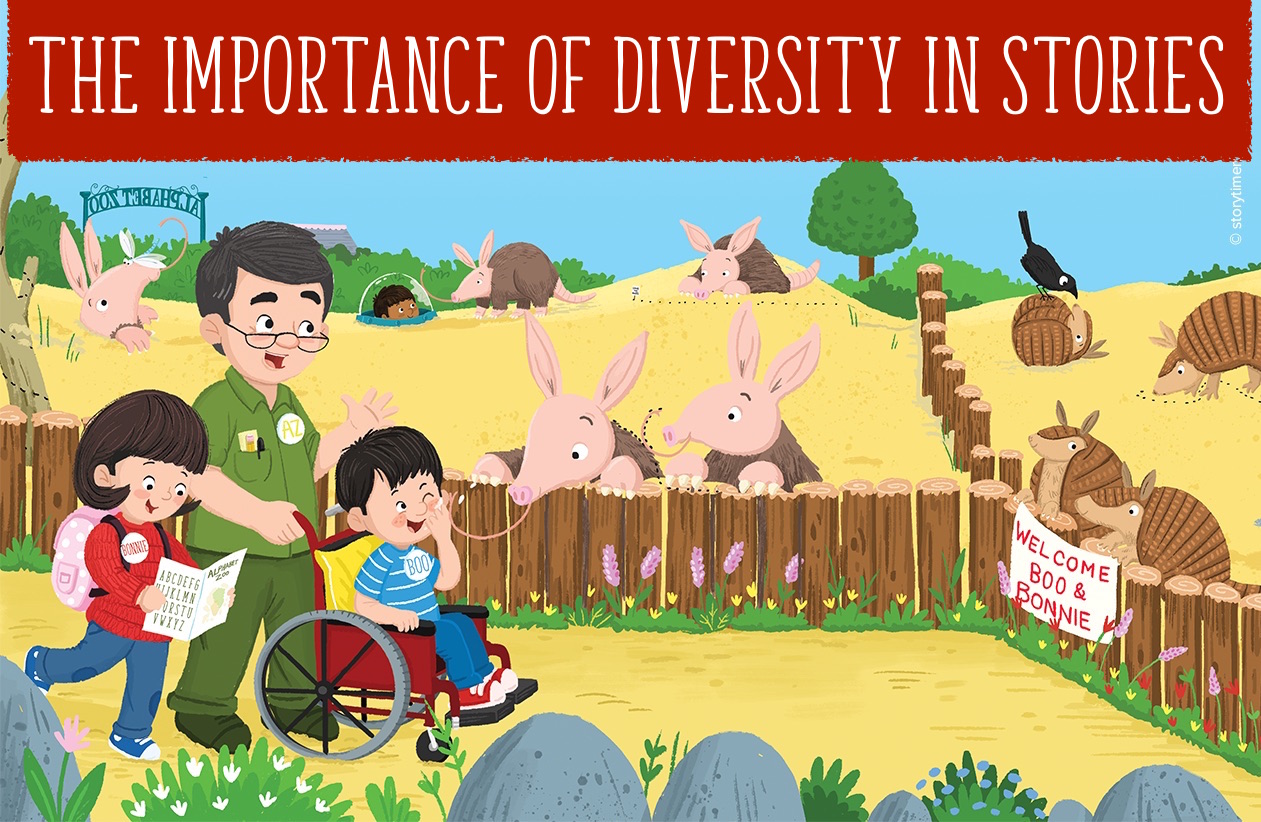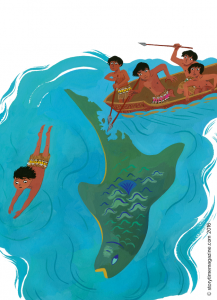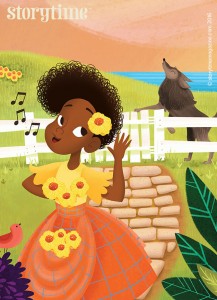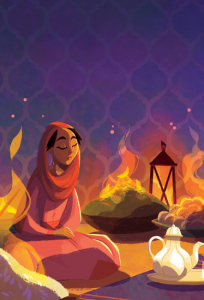 In 2016, the campaign for diversity in stories and publishing was at the fore – and it was a rallying cry for diversity at all levels. Not just in the stories we tell and how they are illustrated, but in the people who produce them.
In 2016, the campaign for diversity in stories and publishing was at the fore – and it was a rallying cry for diversity at all levels. Not just in the stories we tell and how they are illustrated, but in the people who produce them.
Since we launched Storytime we have been trying to do our own small part to support diversity (otherwise known as the real world… normality?) in stories wherever we can. Here are some of the things we’ve been doing and things we’re still working at:
-
- Using illustrators from all over the world. In the last few issues, we have worked with illustrators from the UK, Serbia, Argentina, Spain, Mexico, Italy, Vietnam, Russia, Brazil, Colombia – and so many more. The most important thing to us is that an illustrator is the right person to help us bring a particular story to life. We would never choose or reject an illustrator because of their ethnicity, appearance, gender, religious beliefs, sexuality or disability. Only talent, style and skill are relevant.
-
- Including an Around the World Tale in every issue. We’ve featured stories from far-flung places and varied cultures, from distant shores and more familiar destinations. We’ve packed our bags and armchair-travelled to Morocco, New Zealand, Siberia, India, Korea, West Africa, Nepal, the Caribbean, Malaysia, Patagonia… so many adventures!
Some of these stories feature animals, some feature people, some explore cultural likenesses and differences, and most demonstrate how universal wisdom, kindness, wit and humour can be. And they show what a small planet we really live on. We’ll keep on featuring global stories illustrated with diverse characters because, aside from being a great way to support diversity in stories, the tales themselves deserve to be shared. This is what Storytime is all about.
-
- Endeavouring to make diverse characters the norm. This is something we’ve tried to do from the start and, I’ll be honest, we need to work on some more. As much of our magazine is taken up with old folk tales and fairy tales of Western European origin, it’s often the default setting to make the characters look Western European (circa 1700) too. When the DNA of a story is old Celtic, for instance, it’s hard to argue with that. We want to be true to the origin and history of the stories, but we want to show more diversity too. It’s a challenge.To create more balance across a magazine, we make sure that characters of diverse racial backgrounds star in our poems and stories where the origin isn’t so specific (as well as in our World Tales). We also try to be diverse in subtle ways. Why can’t some of the fairies in this scene be black or Asian? Why does this little girl have to be Caucasian? We’ll keep asking these kinds of questions (and not just in relation to skin colour) and challenging ourselves with every issue. And we promise we’ll endeavour to ensure there is more diversity in our stories.When we created our new Alphabet Zoo poetry series (in Storytime Issue 29), we wanted one of the children who owns the zoo, Boo, to have a wheelchair. Why? Why not? Child readers don’t tend to question that kind of thing, so why should we?
- Improving the gender balance. I’ve talked about this before, but we’ve been on a subtle mission to sort out this ridiculous gender in stories thing since day one. You might wonder what I mean, but if you’d researched and read as many stories as I have, you’d get it. In a nutshell, females rarely exist in old stories and when they do, they’re often nags, hags, whimpering princesses, evil stepmothers, jealous stepsisters, helpless mothers or conniving queens. Men generally get a better deal, but don’t get away with it completely, often cast as the simpleton or put-upon husband. And it must be so exhausting to have to be the hero all the time. I won’t completely rewrite classics, as I know it’s not what our readers want, but I do make changes where I can. I’ll make the princess a little less nauseating and more independent or less defined by her appearance. I might make the simpleton less stupid or help his character to grow. I’ll have daddy bear make the porridge instead of mummy, ask for a boy to be shown playing with a doll, and I’ll make strong animal characters female instead of male (they’re so often male) and a caring, nurturing animal character male (which rarely happens in the originals). I don’t do it for every story, just where it’s needed most. It’s a stealth approach to challenging stereotypes and we’ll keep at it.
So diversity in stories. We’re trying hard and we can try even harder. For a start, we need to feature more diverse books in our book recommendations. We’ll do this because it matters. It’s important that people of all backgrounds, cultures, beliefs and abilities see themselves represented in the media. It makes us a better, more understanding and compassionate world, don’t you agree?
I hope the cry for diversity is as loud, if not even louder, in 2017.
Best wishes to you whoever and wherever you are!







